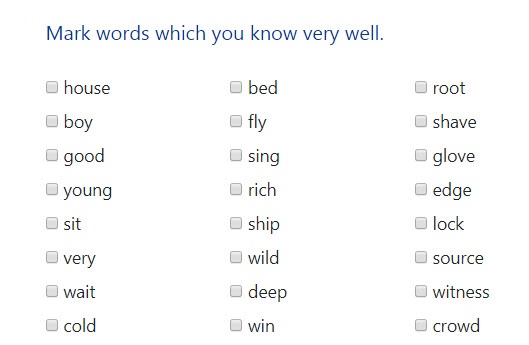The day of the first episode of The Simpsons – level 3
17-12-1989
The Simpsons is a very popular animated sitcom and the name of the family in the show. Their life started in 1985 when Matt Groening created the first pictures of the family. He had only fifteen minutes to make them, and he didn’t go far for inspiration.
He named the characters Homer after his father, Marge after his mother, and Lisa and Maggie after his sisters. Bart was created by changing letters in the word “brat”, which means “a bad child.”
The pictures of The Simpsons who had four fingers and yellow skin were used in the TV show for about four years.
Then on December 17, 1989, the first 20-minute episode was broadcast. The success was amazing. Millions of people started to watch The Simpsons. The sitcom became popular in other countries, too.
The Simpsons can make fun of everything because the producers have a special contract which allows them to speak about any topic without limits.
Difficult words: sitcom (a situation comedy), broadcast (to send out television programs), make fun of (to make a joke of).
What inspired Matt Groening to create the main characters of The Simpsons?
LEARN 3000 WORDS with DAYS IN LEVELS
Days in Levels is designed to teach you 3000 words in English. Please follow the instructions
below.
How to improve your English with Days in Levels:

Test
- Do the test at Test Languages.
- Go to your level. Go to Level 1 if you know 1-1000 words. Go to Level 2 if you know 1000-2000 words. Go to Level 3 if you know 2000-3000 words.

Reading
- Read two new articles article at Days in Levels every day.
- Read one previous article too and check if you remember all new words.

Listening
- Listen to the new article and read the text at the same time.
- Listen to the new article without reading the text.

Writing
- Answer the question under the new article and write your answer in the comments.

Speaking
- Choose one person from the Skype section.
- Talk with this person. You can answer questions from Speak in Levels.


